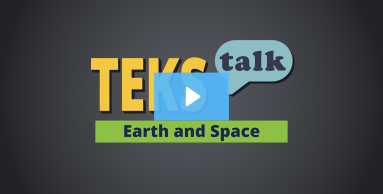
Knowledge and Skills Statement
Research
Royce, Christine Anne. “Teaching through Trade Books: Taking Note of Natural Resources.” Science and Children 45, no. 8 (April/May 2008): 14–16. https://webspace.ship.edu/caroyc/TakingNoteofNaturalResources.pdf
Summary: Students in this article learn how natural resources are used and why they are important. One book in the article outlines a community’s needs being met by natural resources and how the availability of those resources affects the ability to meet their needs. Students often struggle to understand what resources go into different items they use. Teachers can collect items like pencils, paper, vegetables, and toothpaste that students will be familiar with to get them thinking about what natural resources are used to make them. Students should brainstorm a list of items they have to use daily to survive and sort them into groups based on whether they are living or non-living and renewable or nonrenewable. Teachers can connect this back to the book by having students decide if these items could be made using the resources used in the story.
